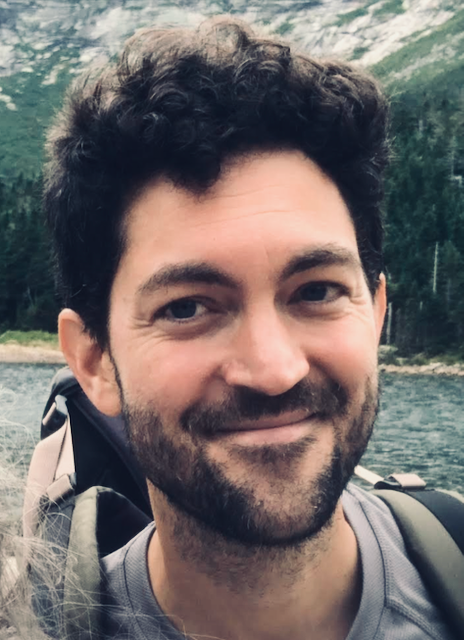Superforecasting Challenge: Update 2024
Published:
Do you believe that some people are gifted with the ability to make really good predictions about the future? According to theory, such people exist and are called “superforecasters”. Superforecasters don’t have to have extra education or specializations— they can come from any walk of life. But they do have certain habits and ways of thinking that enable them to consistently predict the outcomes of future events with significant accuracy. Again, according to theory. And some evidence.
